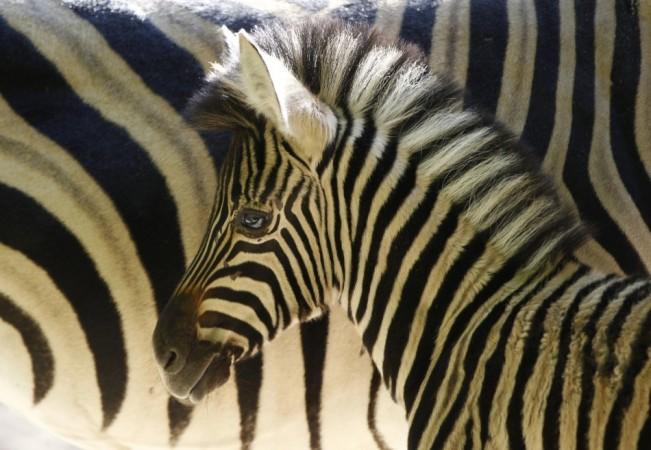
Scientists have recently solved the mystery of why zebras have stripes. The mystery over the zebra stripes have been studied over centuries and various theories were proposed that the strips provide camouflage, confuse predators, repel insects or help in social interaction.
But for the first ever time, scientists have solved the mystery of why zebras have stripes. The study was conducted by a team of researchers from the University of California, who noted the habitats of the zebras and their stripes. The scientists then compared the geographic locations of the animal with different variables and found that the stripes were associated with number of biting flies in the region.
"I was amazed by our results. Again and again, there was greater striping on areas of the body in those parts of the world where there was more annoyance from biting flies," Tim Caro, the lead author of the study and a UC Davis professor of wildlife biology said in a statement.
"We found again and again and again [that] the only factor which is highly associated with striping is to ban biting flies. I was delighted to see the results were so strong in one direction.
"No one knew why zebras have such striking coloration. But solving evolutionary conundrums increases our knowledge of the natural world and may spark greater commitment to conserving it," he added. "We really need to know what happens with live zebra in the field before we can be sure."
"Deterring flies is the best supported hypothesis to date, most of the other hypotheses aren't well studied, and there is still a lack of direct evidence," National Geographic quoted Brenda Larison, a biologist at the University of California, Los Angeles as saying.
Scientists have not actually monitored zebras in the wild to find if flies avoid biting them as it is difficult to stay that close to the animals.












